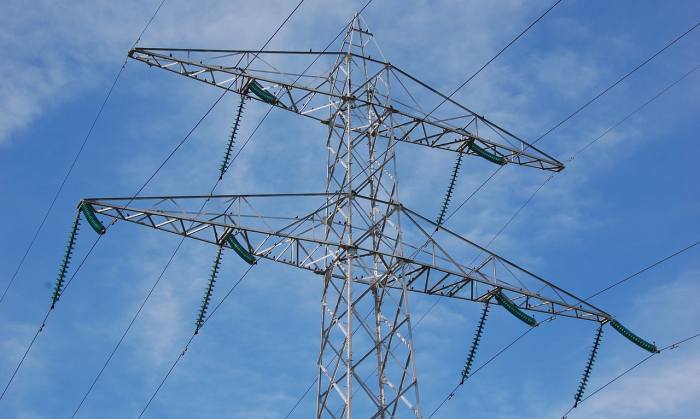
Image: Motorjan11
Another attempt by SA Power Networks (SAPN) to bump up the cost of electricity distribution (and consequently power bills) in South Australia has been defeated in the Federal Court.
The Australian Energy Regulator (AER) regulates SAPN’s annual revenue by setting the amount it can extract from electricity customers.
SA Power Networks has been fighting a decision dating back to October 2015, when the AER set SAPN’s revenue allocation for 2015-2020 at $3.84 billion. SAPN wanted $4.53 billion, close to $700 million more.
Had SAPN been successful in its efforts, this would have resulted in higher electricity bills – and since it was in relation to distribution, solar power system owners would not have escaped it. According to the AER, distribution (“poles and wires”) charges make up approximately 38 per cent of the bill of a typical residential customer in South Australia.
South Australia’s Energy Minister, Tom Koutsantonis, was very pleased with the Federal Court ruling that rejected SAPN’s application for judicial review in relation to its forecast labour cost escalation, which it used as part of its justification for the extra $700 million.
“Steven Marshall’s Liberals sold ETSA to monopolies and SA Power Networks has been attempting to do what all monopolies do – extract as much money as possible from customers,” said Minister Koutsantonis. “Our $550 million energy plan is adding competition to the market and putting downward pressure on power prices, and today we have had a significant win in the Federal Court against increased charges”.
Now that the Australian Energy Regulator, the Australian Competition Tribunal and the Federal Court have all said “nope” to SAPN – is this all over now? While SA Power Networks can appeal the matter to the High Court, InDaily reports SAPN had anticipated this decision and “moved on from this matter already”.
The full Federal Court judgement can be viewed here. But be warned – at around 39,000 words it’s even longer than some of Ronald’s articles (and nowhere near as entertaining).
While on the topic of SA Power Networks and Ronald, you might be interested in his post last month on recently introduced connection rules in South Australia regarding solar inverter limits.

 RSS - Posts
RSS - Posts



Is this mob owned by a Triad or something?
Companies associated with Hong Kong-based Cheung Kong Infrastructure Holdings own 51%. Spark Infrastructure owns the other 49 per cent.